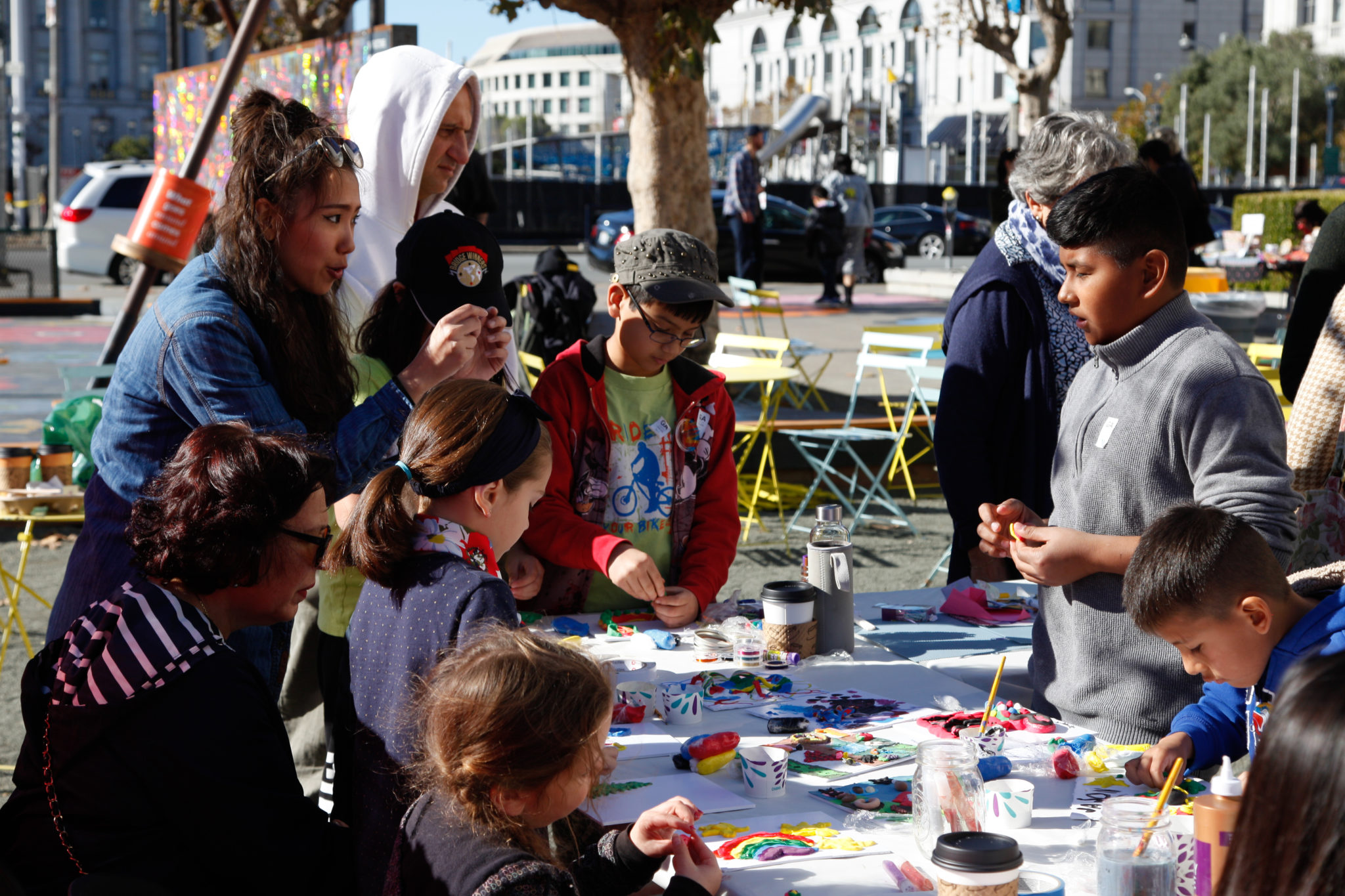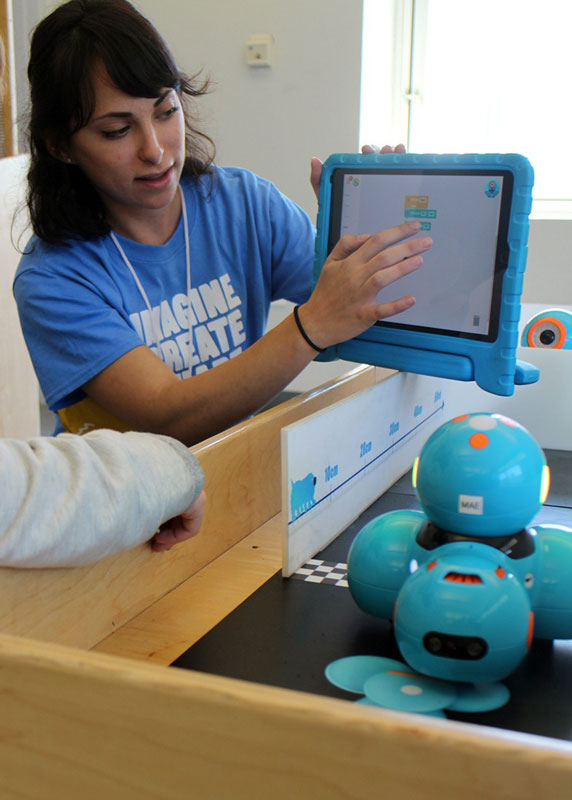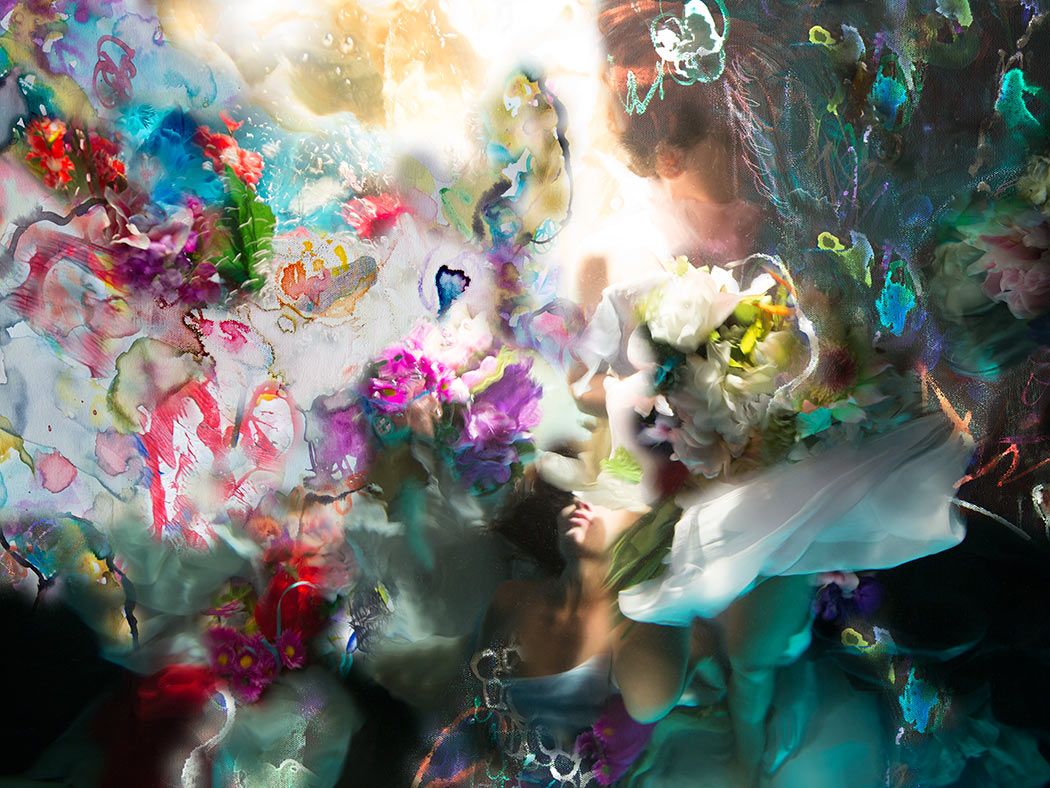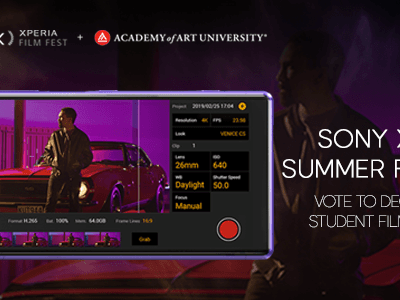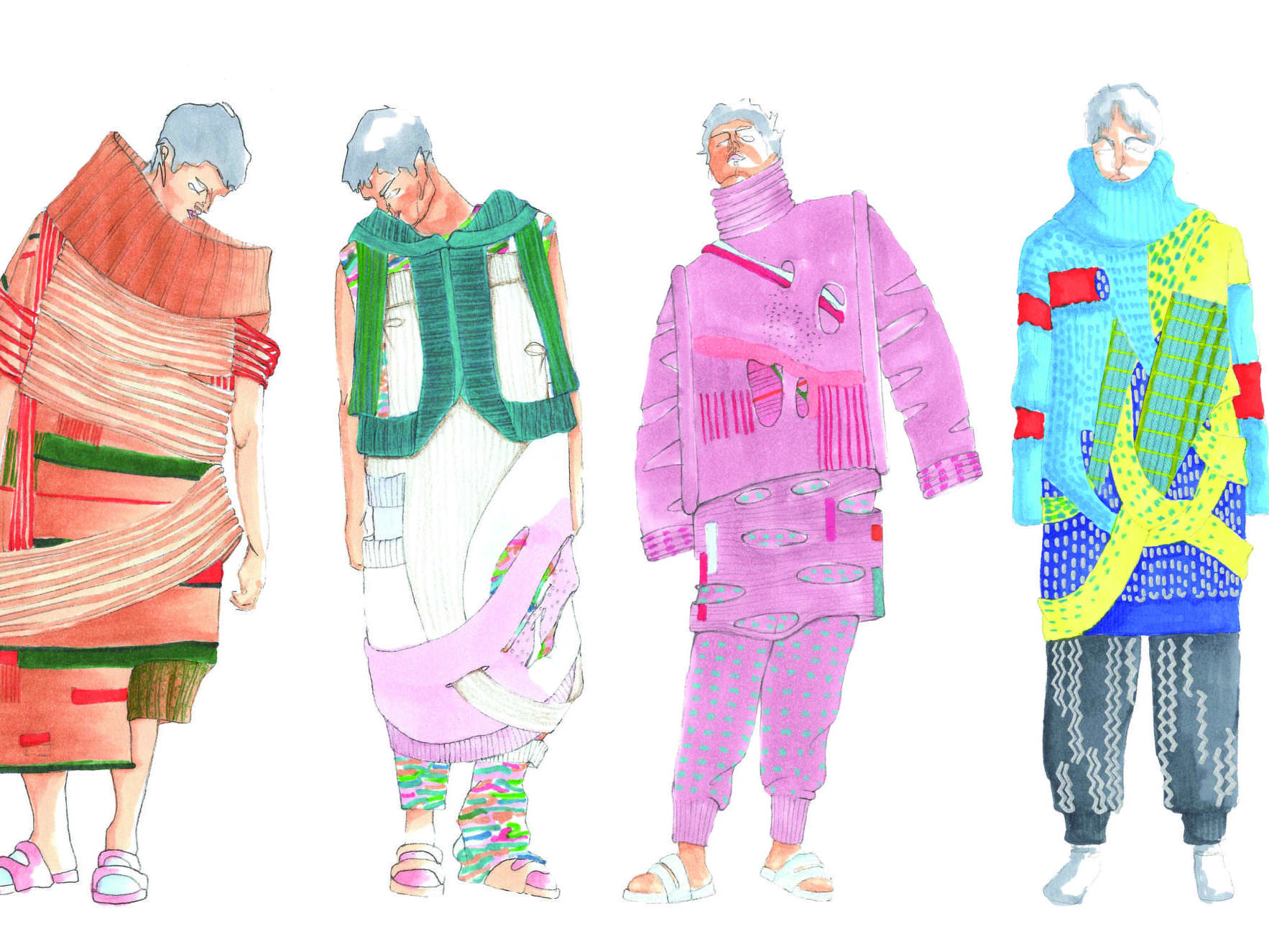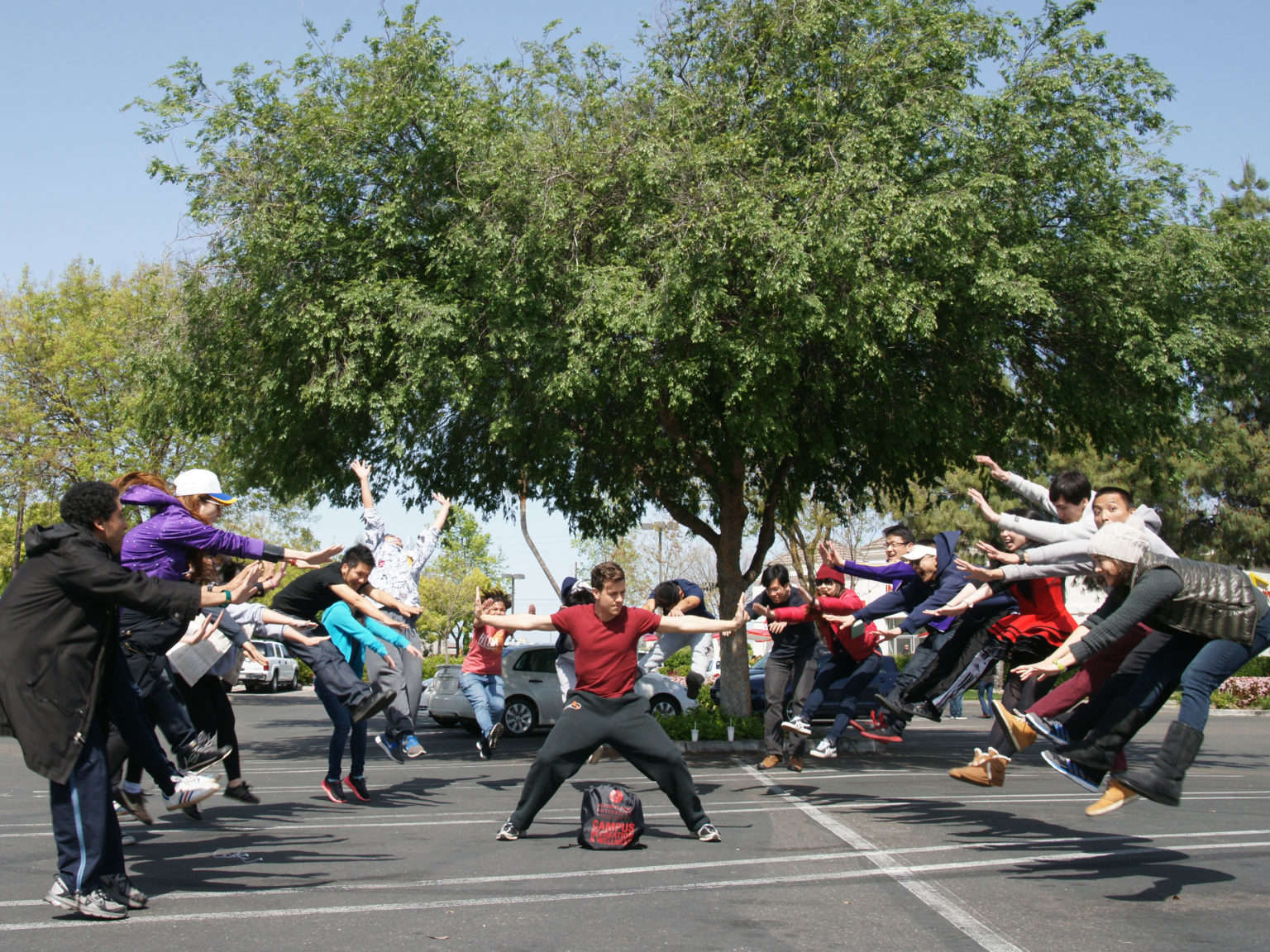Teaching Strategies in Art: Industry Trends to Look Out for
Today’s art education methods are modern, exciting, and more innovative than ever before.
Trends in art education methods are constantly evolving. With different types of media now at easy disposal, art educators are now finding better ways to convey lessons that could effectively pique and sustain students’ interest.
Today’s art class has moved well beyond what used to be simply a designated room stocked with paint, canvas, and brushes. Instead, now you’ll find a wider variety of methods and mediums for learning art, such as the following:
Emphasis on Art History
Teaching strategies in art are now more comprehensive when it comes to including art history. Studying the important eras of art throughout time and through the works of major players help build strong foundations for the students. Their knowledge of these can be used as jumping-off points to evolve in their own techniques and methodologies.
Art Excursions
Field trips and art excursions help students better understand concepts and applications. Seeing real art, up close and in person encourage understanding of pattern and texture, shape and form, line, color and space. It also provides an opportunity for students to discuss it with its creator and with peers.
Digital Devices
Walk into any designated room where art instruction regularly takes place today, and you’ll find an abundance of technological devices used for creative design, such as tablets, laptops, and desktop computers. Electronics that have been specifically built with graphic art in mind come fully loaded with powerful graphics cards, long battery life and crisp, high-definition displays. For today’s art students, their imagination is the only limit.
These modern devices also allow for the creation of digital art, which brings a new dimension and opportunities to the artist’s portfolio. It can be used in a variety of industries, such as architecture, medicine, entertainment, advertising, and publishing to name a few.
Real-World Art Application
If art truly is in the eye of the beholder, then it’s especially important for students to have the opportunity to publicly exhibit their works. It is, after all, in these contexts that they can best learn and experience firsthand criticism and, more importantly, how to receive it constructively.
Exhibits in local museums and participation in local festivals and events are some avenues they can explore. Apart from learning about criticism, these can also help students build and expand their network in the industry, as well as connect or collaborate with peers.
Art in the Streets
Art does not have to be limited inside museums or galleries. It can be found on the cars of passing trains, on murals painted on the sides of office buildings, or in sculptures in gardens and urban landscapes. These works of art in everyday surroundings help students visualize a bigger, more global utilization of media. Today, artists are free to paint a design on a canvas or on a city sidewalk. They can sculpt a statue out of clay and place it on a shelf or forge it out of stainless steel for display in an urban garden.
Students who have the opportunity to experiment with and practice art are better communicators, more civically engaged, and are more prepared, creatively, to compete in a global workforce. It’s only therefore very imporant the manner by which they learn about art be dynamic, progressive, and modern as well.
Academy of Art University‘s School of Art Education offers a comprehensive program for those intersted in pursuing this career. Request information from our admissions representatives or apply now to take that first step towards a fruitful career in the industry.


